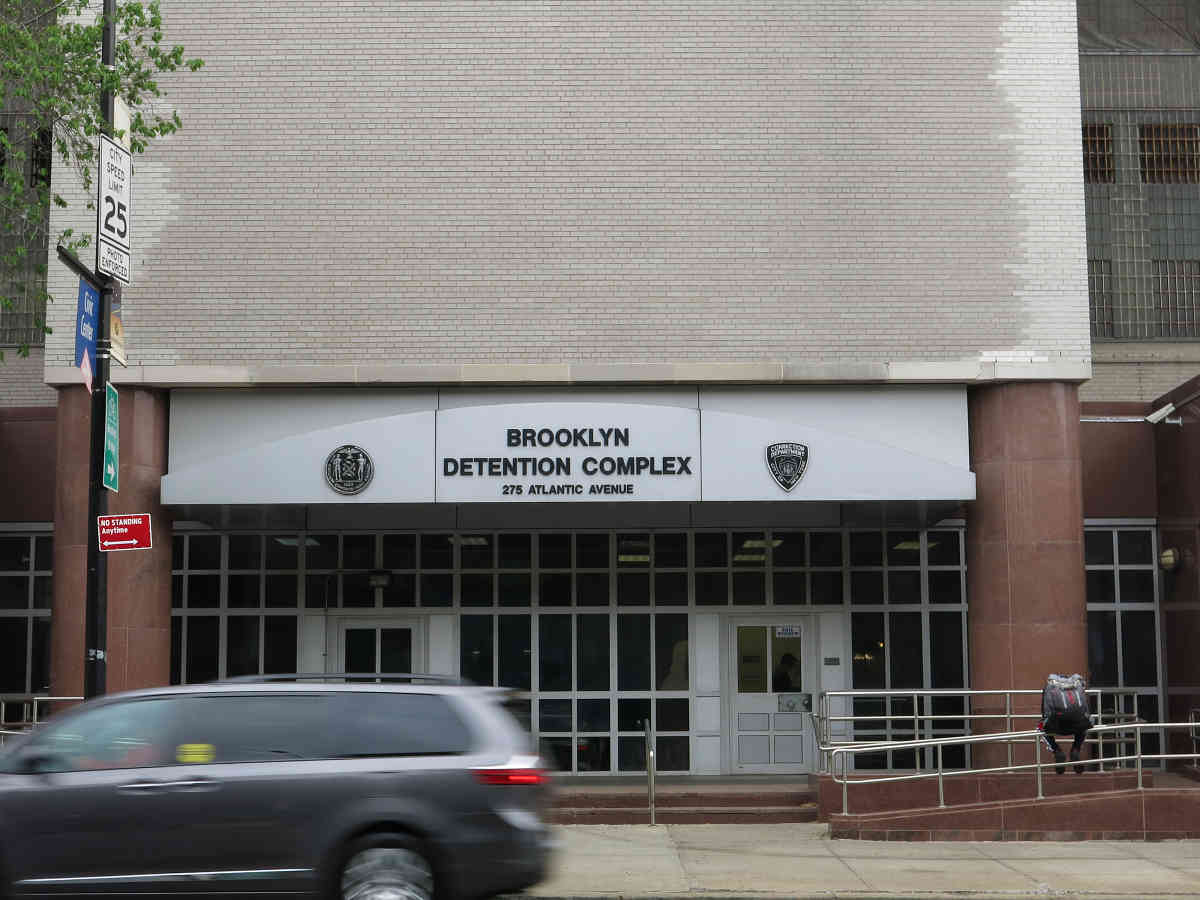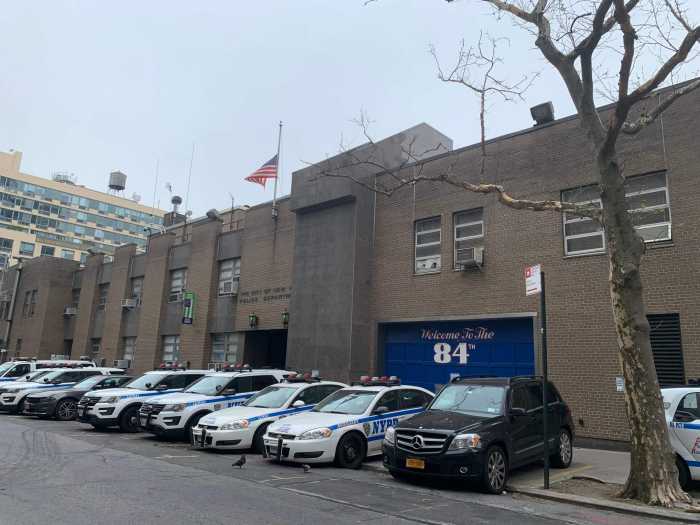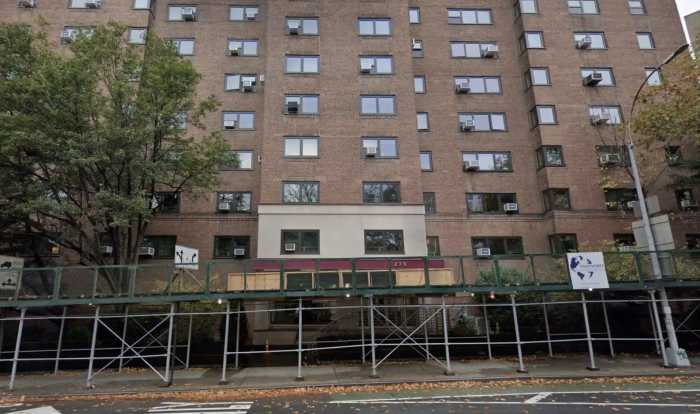Civic honchos chastised the city for delaying the release of community guidelines for Mayor Bill de Blasio’s borough jails plan.
The Mayor’s Office of Criminal Justice should have sooner released a document of so-called “Guidelines and Principals” that local community leaders and stakeholders – known as the Neighborhood Advisory Committee (NAC) – formulated on Hizzoner’s borough jail plan.
Bureaucrats should have released the document, which contains recommendations for the city’s plans as well as broader demands for criminal justice reform and investment in the community, either ahead of Community Board 2’s public hearing on April 11 or by the time its land use committee met on April 17 to issue their recommendation, according to the board’s leader.
“Our feeling was and still remains that City Hall should have distributed the guidelines and principles at the public hearing held on April 11 or if it could not, certainly by the committee meeting,” said district manager Robert Perris.
The committee included elected officials, the board’s leadership, business improvement groups, civic associations, residents, and criminal justice reform organizations.
They met six times between October 2018 and March of this year and crafted their suggestions for the new jail between Smith Street and Boerum Place, which recommended taking into account current and future criminal justice reforms, reducing the building’s size, its incarcerated population, and making more investments in the neighborhood.
The group edited the recommendations at their last meeting on March 22, but the mayor’s office didn’t distribute the report back to the board office for consideration until May 3, weeks after that body’s public hearing and its land use committee recommendation vote and only five days ahead of the boards final poll at its general meeting.
A spokeswoman for the mayor’s criminal justice office told this paper that the release of the document was delayed because NAC members requested more time to make edits.
“At the request of NAC members, we extended the timeline for finalizing the document to allow additional time for NAC members to provide edits,” said Alacia Lauer in an emailed statement.
Lauer noted that the materials from the meetings of all four borough committees are now available online, but did not clarify for this reporter by press time when the Brooklyn documents were uploaded to the site.
Those edits should have been made in the three weeks leading up to the only official public hearing the board would host, according to Perris.
“Even if there were additional edits to be made, those could have and should have been done in the three weeks before the April 11 public hearing,” he said.
The leader and the board’s chairman Lenny Singletary decided not to provide the document – which the former described as “promotional” of the mayor’s plan – to the full board in between then and the May 9 meeting because that would call into question the board’s own committee recommendation, according to Perris.
“Then what you’re saying to the community board is that, ‘Your land use committee has made a decision but here’s some supplemental information,’” he said. “It seems off balance to add new information after the fact.”
Instead, representatives from the mayor’s office handed out hard copies of the 13-page document to board members as they arrived for their general meeting, just ahead of their final vote on their land use committee’s proposal – the board’s final voice in the city’s Uniform Land Use Review Procedure which it must pass before it breaks ground – which threw off attendees who complained that they had little time to meaningfully study the findings.
“The mayor’s office handed us this now today, which didn’t give us enough chance,” one member said at the chaotic general meeting, which was frequently interrupted by protesters urging them to vote against the new jails.
Another member criticized the city for being unclear about its planned size and population number of the facilities in previous meetings, which made it difficult for the board members to vote for the plan confidently, citing recent reports that the mayor’s office will now shrink the lockups to accommodate for lower populations than originally planned.
“This shows that the plan actually keeps changing, which is really unfortunate, because we very much want to do the right thing and we’re constantly given different information and misinformation,” said Sandra Rothbard. “The biggest problem for us was that a lot of issues with the city’s plan were very vague. When we asked for specific numbers, they were not provided.”
























